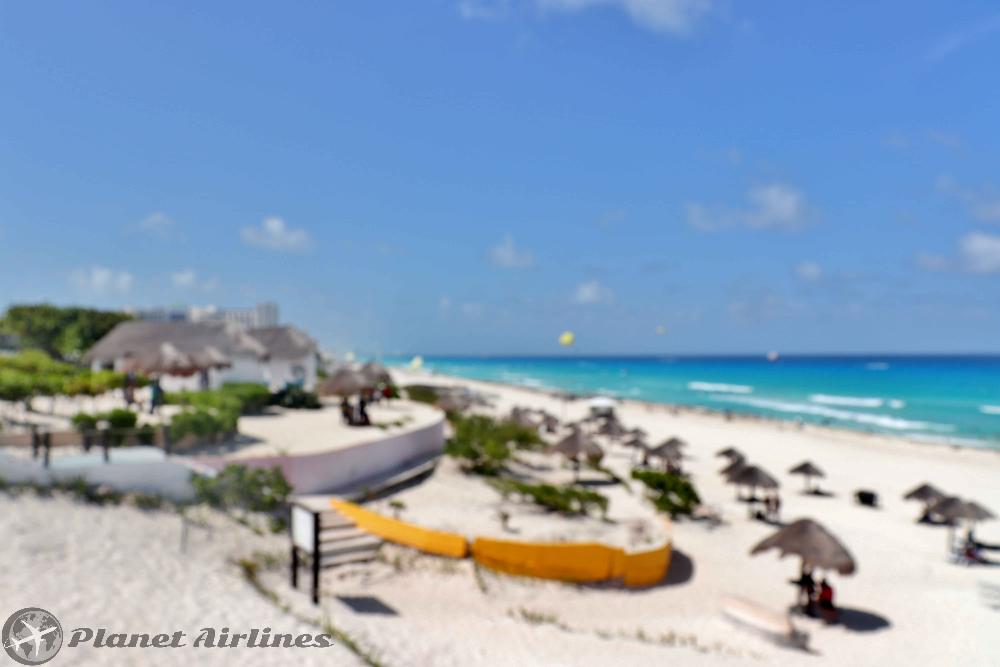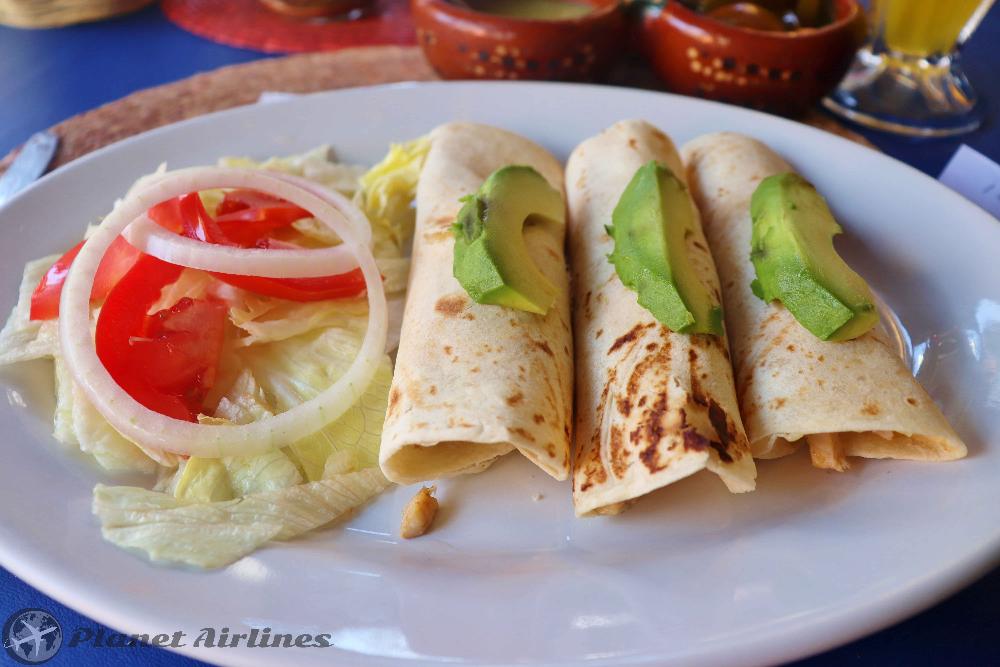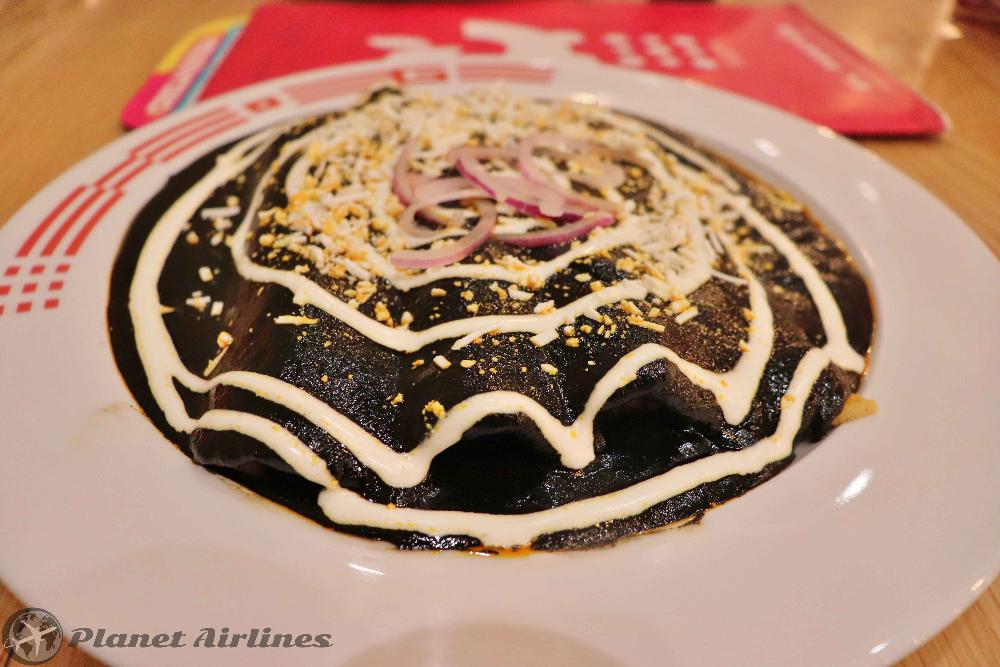






Mexico Travel Guide

🗝️ Key Facts
🏛️Capital: Mexico City
💶Currency: Mexican Peso (MXN)
🕙Time Zone: -5 to -8 GMT
📞Phone Code: +52
🌐Language: Spanish (Mexican dialect)
✈️Best time to visit: Nov to May
🍴Eat: Quesadillas, Fajitas, Burritos, Tortillas and Tacos.
🍷Drink: Corona (beer) and Pulque
🗺️Don't miss: Mayan ruins
🗺 Menu of Contents:

Mexico is competing worldwide for a top place as the most visited countries of the world. Visitors come to Mexico, attracted by the warm weather and postcard-perfect resort beaches and seduced by the colourful culture of the cities, friendly service minded locals and a very tasty cuisine to go with it! Mexico is one of those countries that tourists want to repeat over and over, as there is no end to the amount of fun and culture to see and experience!
World-class resorts like Acapulco, Cancun and Cabo San Lucas receive the bulk of the tourists in Mexico, while many more travel the coasts in enormous cruise ships stopping at ports along the Yucatan Peninsula. Clear ocean waters ideal for surfing, scuba diving and other water sports are a major interest, as well as 4x4 safaris, hiking and beach volleyball. The nightlife in the resorts is renowned for its intensity, and top restaurants complete the perfect package-holiday picture.
But don't underestimate Mexico, one should also venture inland to Mexico's less-visited cities to discover colourful colonial buildings, rich and fragrant culinary traditions and lively mariachi rhythms. A history going back thousands of years through the Mayan, Aztec and Olmec cultures has left Mexico a rich heritage with stunning archaeological sites like Chichen Itza and Teotihuacán.
Despite being of the oldest civilizations of the planet, Mexican cities like Mexico City and Guadalajara offer visitors the chance to meet the real face of Mexico in their bustling metropolises where the modern and traditional is often very much mixed.
❗Attention: It's important to note that security and safety in Mexico in the last few years has got worse. Drug cartels and criminal organizations are running rampant throughout the country, with sad results. Federal crimes in Mexico also increased by 22% in 2019, including the possession of weapons, drug trafficking and kidnapping.
It's advised that you check the latest press warnings before you travel to any regions.
Check our tab on "Safety Precautions" for more information and the regions to avoid and those which are safer.
Mexico is located in Central America, South of the United States and North of Guatemala and Belize. Lying between the Pacific and Atlantic oceans.
It's location makes it ideal for a comfortable flight from its neighboring countries between 2 to 5 hours flight time. The country has many international airports which are easily accessible, specially from the USA, where many people come to visit relatives or friends. Also tourism has blossomed in Mexico, thanks to the introduction of new airlines, bringing cheap low cost flying to the country.
The national airline, Aeromexico, is the leading airline and the biggest in the country. It flies to most North American, South American capitals and selected destinations in Europe and Asia like Madrid, Paris, Amsterdam, London, Shanghai, Tokyo and Seoul. Other airlines in Mexico for cheaper fares are Volaris, Interjet and Viva Aerobus. Apart from the airlines mentioned it's easy getting to Mexico City with many other airlines, with direct flights from Europe, Middle East, North America and South America.
There are also direct flights to the Mexican resorts of Cancun, from Europe and North America by charter airlines which carter for the demand for holiday resort tourism.
Once in the country, Mexico can seem developed in the major cities, where transport infrastructure reaches well to periferic towns and connections by air to all major cities around the country. However, ground transportation can be hardours, specially in the Summer season heat, with dessert type of roads which can take a long time to cross from one side of the country to the other. Local people tend to use more busses when travelling, but travelling by air is each time for affordable and practical.
When visiting nearby cities, taking the bus is a practical, cheap and comfortable way of travelling around Mexico, between 2 to 5 hours. You can buy tickets direct over the counter or online. The best company is ADO busses.
✔️Tip: Many people come to Mexico with pre organised packet holidays and have everything costly put together making for a comfortable trip. But if you want to save money and are interested in doing it the local way by taking the local transport, then all the activities around Mexico can be done by public transport. Just need more time, a little flexibility and up for walking more in the heat!

Going to Mexico, has been highlighted now by safety concerns by many countries, as it's crime levels have increased over the years.
However, in general, Mexico remains a safe place to visit by tourists still, specially in popular areas like Mexico City, the Yucatan area (for the Mayan ruins) or Quintana Roo (for Cancun).
But this doesn't mean that you shouldn't lower your guard, generally the unsafe areas are mostly confined to very dangerous states like Guerrero or Chihuahua. Crimes such as kidnapping or extortion are decreasing luckily.
Areas to avoid at all costs in Mexico: Don't risk yourself in travelling to the states of Guerrero, Morelos, Tamaulipas, Baja California and Estado de México. Unless you are travelling with locals and are up for adventure and some degree of suspense, those states have a high level of danger for foreigners. Also some of the most dangerous cities in Mexico are, according to a safety audit analyst: Acapulco, Tepic, Nuevo Laredo, Monterrey, Tecoman, Colima, Iguala, Pungarabato, Chilpancingo de los Bravos and Coatzalcolos.
On the opposite side, the safest cities in Mexico are Cancún, Cozumel Island, Playa del Carmen, Merida, Valladolid, Campeche, Oaxaca, Mexico City and Los Cabos.
❗Attention: Wherever you are in Mexico, you should stay alert at all times. Pickpocketing and bag-snatching are threats, which can happen while on crowded buses and metros, at bus stops, bus terminals, airports, markets and in packed streets and plazas, especially in large cities. Pickpockets often work in teams, crowding their victims and trying to distract them. If you are out at night and get theathred, be advised many people carry weapons like knives or even guns, don't oppose and hand them all your belongings, including cell phone, wallet watch, rings etc. Do not resist, as resistance may be met with violence.
Avoid empty looking places where there are few other people, like unlit streets, empty metro cars at night, little-used pedestrian underpasses and isolated beaches.
Be careful around ATMs as there can be people waiting for you to withdraw money before mugging you. Other scams include fake surveyors who try to obtain your personal information in order to ask your family some extortion money, fake policemen/immigration officers, fake taxis or fake food samples.
Mexico, can offer great differences in climate and temperatures, as its located over the Tropic of Cancer, which divides Mexico into a tropical south and temperate north, which means that the northern region experiences cooler winter temperatures, whereas the south is hot all year with little seasonal variation. The coastal plains and Yucatan Peninsula of the south experience average annual temperatures ranging between 20°C and 40°C. The annual average temperatures in the northern lowlands are somewhat lower, ranging between 15°C and 30°C, mainly because there is greater seasonal variation. The whole country tends to be hot and humid between May and August and is pleasantly warm throughout the year. Most of the country experiences a rainy season between late May and mid-October, with significantly less rain the rest of the year. February is the driest month and July is the wettest. Hurricanes are possible between June and November.
November is the best month to visit Mexico, as the peak tourist season has ended and the temperatures are moderate and pleasant. While Mexico's weather is famously sunny, the rainy season lasts from May to mid-October. Seasons to avoid in Mexico are the peak of summer (June to August) when the heat and humidity reach their climax, and the Easter holidays in March and April, when the resorts are overrun by students on Spring Break.
✔️Tip: When visiting Mexico and the Caribbean side of it, take note that many days start bright and sunny, but in the afternoon and evening, clouds and precipitations can brake out and can be quite sudden at times, specially the rainy season from June to October. Check the weather forecast daily and might be a good idea to bring an umbrella or waterproof jacket.

Mexican cuisine is famous all around the world, with it's typical Fajitas, Burritos or Tacos being sold and marketed at many restaurants, snack bars and stands across the world! Mexican food, reflects the many cultural influences the country has absorbed throughout its history. Nevertheless, the main ingredient in Mexican meals is the humble but versatile corn. Corn can be found in different sizes and colours. (yellow, brown or even blue!). For vegetarians, nopales, the succulent leaves of the prickly pear cactus are a good option, as are squash blossoms and all kinds of wild mushrooms.
The most characteristic items you will recognise are:
- Tortillas: used mostly as a savoury, made from cornmeal pancakes.
- Tacos: available everywhere, consist of crispy tortillas topped with beef, pork or fish.
- Burritos: while there are many regional varieties of burritos, the dish essentially consists of a flour tortilla that’s tightly wrapped around your choice of fillings, usually some combination of meat (ground beef and chicken being ever popular), and refried beans.
- Enchiladas: consist of tortillas made from corn, not flour. While they too are rolled around a filling, the dish tends to be a little more elaborate. The tortillas are usually covered with a tomato and chili pepper sauce. In fact, the spicy addition is the right name, as enchilada in Spanish literally means “to season (or decorate) with chili.” Red enchilada sauce is most common, but green enchilada sauce, based on tomatillos, is a worthy option too.
- Fajitas: a marinated strip usually of beef or chicken grilled or broiled and served usually with a flour tortilla and various savory fillings.




Specialities in Mexico are: Mole, a range of complex sauces based around chillies and a number of other herbs and spices. Guacamole, avocado mashed with red peppers, onions and tomatoes. Exotic fruits, like zapote (brown fruit resembling an avocado), and tuna (juicy prickly pear, fruit of the cactus). Cabrito Asado, roasted kid goat, a northern specialty. Served on a bed of sizzling onions with cowboy beans and plenty of tortillas. Cochinita Pibil, Yucatán's signature dish: suckling pig marinated in citrus juice and the reddish dye of annatto seeds, wrapped in banana leaves, then slow-roasted in an underground pit. Tamales, Banana leaf or corn-husk packages of cornmeal stuffed with meat, cheese or vegetables, and laced with various spicy sauces. Quesadillas, fried tortillas topped up with cheese and/or vegetables. Flautas, chicken-filled tortillas rolled like cigars and deep fried. Huevos rancheros, fried eggs on top of tortillas and covered in spicy tomato sauce; one of many egg dishes popular for breakfast. Elote Cake, a cake which is neither savoury nor dry. You can add the juicy corn and condensed milk to enrich the flavour giving it an almost custard-like texture.
As for drinks, the number one spirit is Tequila: a double or triple-distilled spirit made from the blue variety of the agave plant. Mezcal, a similar spirit to tequila but is distilled only once and can be made from different varieties of agave. It is not generally used in cocktails like tequila, but consumed in shots. Kahlúa, Mexico's world-famous liqueur, made with coffee and rum. Beers, Sol, Corona and Modelo, all of which are light lagers, are the most popular beers. Negra-Modelo, is one of Mexico’s few dark beers.
As well, a very traditional drink, which sadly is disapperting in popularity is Pulque, or octli, is an alcoholic beverage made from the fermented sap of the maguey plant. It is traditional to central Mexico, where it has been produced for millennia. It has the color of milk, somewhat viscous consistency and a sour yeast-like taste. But you can add different flavours like honey, nut or mango to enrich it's flavour and make it more appealing, You will be able to find it in traditional Pulquerias around Mexico.






One should not underestimate the beauty of this country and the amount of interesting places to see. Mexico is known for its pristine beaches, on the Caribbean side, like Cancun. But there is far much more to see than beaches! Mexico, for many, has a shadow reputation of being dangerous, however this only reflects certain areas of the country. With a little research and caution, it's easy to stay safe. Big cities, like Mexico City offer plenty of museums and culture. But the main sites of Mexico are located in the outskirts, to see the ruins of the Mayan civilization which once lived before the Spanish came. The rich history, culture and advanced knowledge of science, mathematics and astrology for the time, in which the Mayan existed, will impress any visitor. Walking around the ruins, admiring the colossal stone buildings and learning from their customs; they are true experiences one should not miss when coming to Mexico.
My visit included the Yucatan Peninsula, the safest region of Mexico. Here you can admire more Mayan culture, visit picturesque towns like Valladolid, Merida and Tulum and bathe in the "cenotes", natural caves with water lakes. Visiting low season was better for less amount of tourists, and cheaper accommodation but the down side is the really hot weather which can reach up to 40C°, with a high humidity, making one very thirsty and sweaty.
The best thing for me was to discover how service minded, friendly and smiley local people are. It doesn't matter if you are in the big city or in a small town. They will always welcome visitors and are open hearted, hospitable and kind. Put together a great variation of delicious food, drinks, accompanied by local Mariachi music and your stay here, will also be a very memorable one, like mine, with lots of great memories to take back!
(twice visited)
Tourism Information Guides
| State🗺️ | Guides ✒️ |
|---|---|
| Ciudad de Mexico | Mexico City |
| Yucatan | Merida, Valladolid (Mayan ruins) |
| Quintana Roo | Cancun, Playa del Carmen, Tulum |


.jpg)
.jpg)

.png)